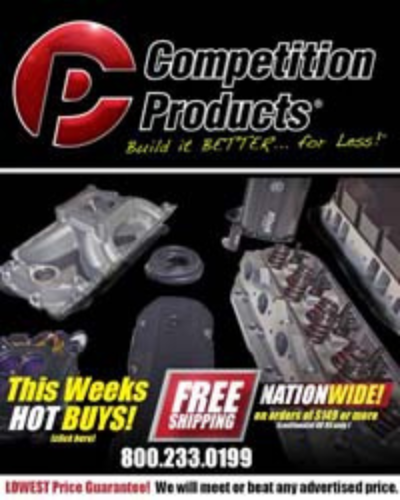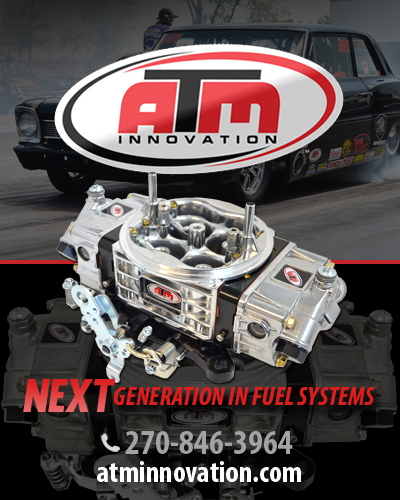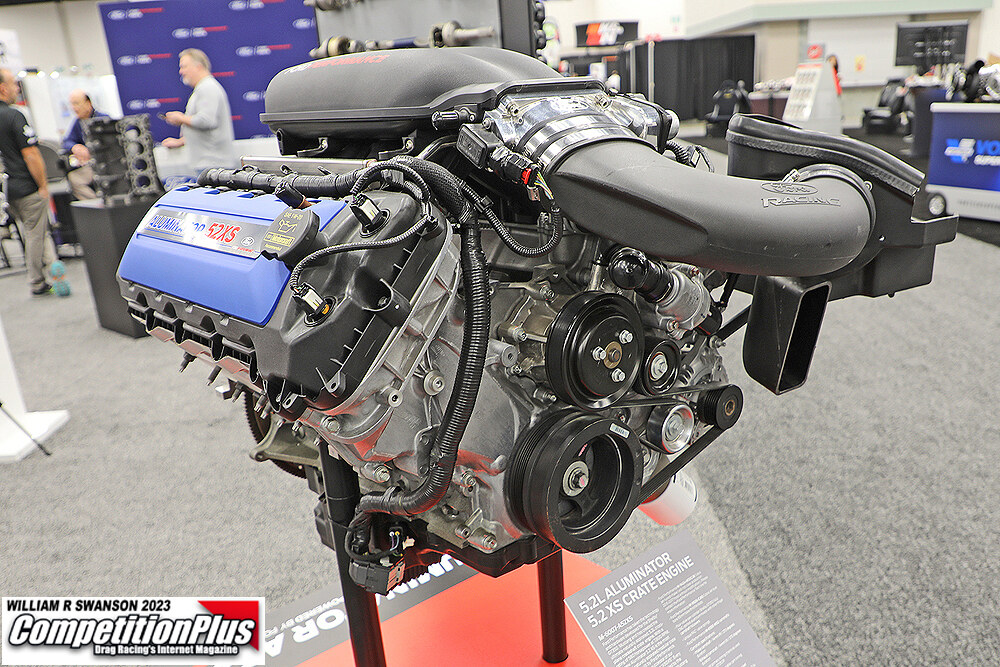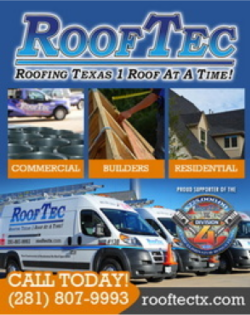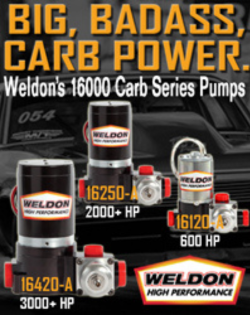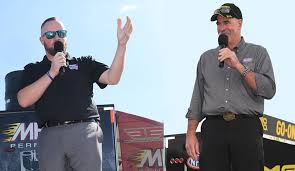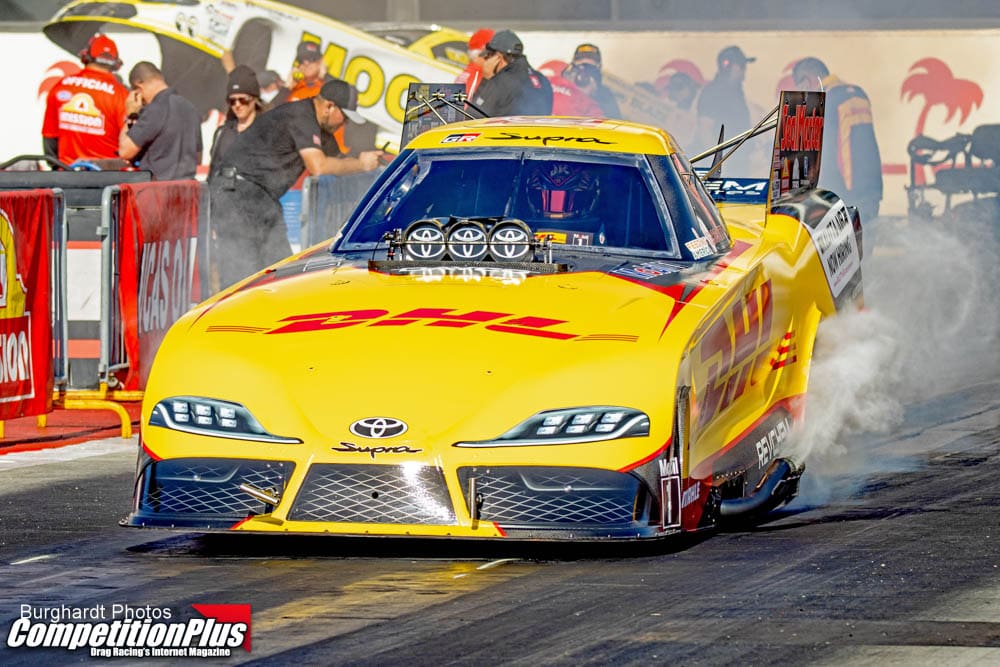
David Reher couldn’t help but take it personally.
Bob Glidden, the undisputed heavyweight Pro Stock champion of the world, likely wasn’t making a statement in a hateful, degrading way. Reher didn’t take it that way, but it did signal the challenge of challenges.
It was 1978, and Glidden was undefeated, and likely not even Big Daddy Don Garlits could have beaten him. The team of Reher, Morrison, and Shepherd, while competitive in NHRA’s Division 4, was nowhere near the level Glidden was at this late in the season.
“We were out in California and sitting there talking to Glidden one evening, and we hadn’t really got going that well yet. He said, ‘Boys, there’s no way you can do this. You got a good business. You just need to go home and concentrate on your business because you cannot have a business and race a car. It’s impossible. And you can’t work as hard as I do.”
Reher said Glidden’s words resonated more than the champion imagined.
“When he assured us we couldn’t do it, he didn’t say, ‘You might not be able to,” Reher admitted. “He clearly said you can’t.”
 You can’t, in Reher’s assessment, might have just been the same as a double-dog-dare on the schoolyard playground.
You can’t, in Reher’s assessment, might have just been the same as a double-dog-dare on the schoolyard playground.
But to understand why the RMS team could stand up to the challenge, one must understand their humble beginning. This year is officially 50 years for the Reher & Morrison brand, but the roots go back to 1971.
“We had no idea we’d last for any length of time,” Reher said. “It just wasn’t part of our thought process. We actually started before we had a business license in 1972, and we started in the back of an auto supply in Mansfield [Texas]. We had almost nothing, we had an old Sioux valve grinder, and we had a Van-Norman deck mounted old boring bar that came loose on me one time and went and flopping across the floor with the bar and the block.”
But as Reher points out, that’s a story for another day.
“We hand-honed everything,” Reher admitted. “We did buy one new piece of equipment – a Storm-Vulcan block master, so we could mill heads and deck blocks and do all that. And then we got an off-brand Lagun vertical mill. It was some Japanese deal, which is still in our shop today, 52 years later, still working every day.”
It wasn’t long before the original partnership with the auto supply in Mansfield, Texas, went sour.
The trio would complete their jobs and put the money in a cash register, and when it came time to reinvest in the company, the money had “walked away on several occasions.”
They next moved to a location on Arlington’s Arkansas Lane, roughly eight or nine miles from their present location.
 Reher, Morrison, and Shepherd were pooling their resources at every opportunity, including a three-bedroom apartment they shared. It was the best opportunity they had to buy race car parts.
Reher, Morrison, and Shepherd were pooling their resources at every opportunity, including a three-bedroom apartment they shared. It was the best opportunity they had to buy race car parts.
One crucial aspect Reher points out is that they never went into business to be successful business people; they just wanted to race. Doing engine work and running the business provided a means to an end. Plus, they had tried to get machining work done for their engines, and when the jobs were completed, there was always some discrepancy that required them to redo part of the jobs they had paid others to do.
“We wanted to race, and this time was the best opportunity to do it,” Reher added.
Reher & Morrison partnered with Bobby Cross on a Maverick, which floated around the Modified Production and Gas classes. While Reher admits they were reluctant to race the car at the prestigious NHRA U.S. Nationals – they did so and ended up winning class at the 1973 event.
For the first time, Reher & Morrison was on somebody’s radar. A rep from General Kinetics, a leading camshaft manufacturer at the time, began a dialogue with the fledgling engine builders.
 “He came up to us, and he said, ‘I’ve been noticing your car; if I give you a cam and lifters, can you put it in?” Reher recalled. “We said, ‘Yeah, sure, no problem.”
“He came up to us, and he said, ‘I’ve been noticing your car; if I give you a cam and lifters, can you put it in?” Reher recalled. “We said, ‘Yeah, sure, no problem.”
“We were excited. Somebody was going to give us something. So we put that, did what he told us to the cam he gave us, and back then you went to the motel every night with your stuff, everybody left. The track was empty every night.
“So we put that cam and stuff in, and we came back the next day – the first run down the track, we went 11.07. We finally ran 11.02, and it may have been the weather getting a little better. You weren’t on a computer back then; all you had was that Moon gauge that said air density on it, that kind of took an average everything and gave you some reading.”
Cross ended up driving the Maverick to a semi-final finish.
Reher admits the team wanted to validate their Indy performance and made a beeline to the next NHRA points meet, where they became the first D/Modified Production car in the tens with a 10.96 elapsed time.
They were on the radar of the leading teams for their performance on the strip, but a funny thing happened on the way to establishing their small engine business in Arlington.
Reher and Morrison realized they had a viable engine-building business, steadily gaining momentum and jobs.
Shepherd replaced Cross as the team’s driver and, in 1974, delivered their first national event victory at the NHRA Winternationals in Pomona, Ca. As the racing grew, so did the business and the demands for both.
 “No matter how much we won, it didn’t equal up to what we could bring in with the business,” Reher admitted.
“No matter how much we won, it didn’t equal up to what we could bring in with the business,” Reher admitted.
But, as Reher pointed out, the business was always a means to an end. They wanted to go racing.
Reher, Morrison, and Shepherd upped their game, ran a Corvette Stingray donated from Raymond Davis, and got the car down into the low ten-second range. A bona fide front-runner and divisional champion by 1975, Shepherd put on the full-court press to abandon sportsman drag racing and take the next step.
Reher and Morrison both had a vision of running Pro Stock, but Shepherd encouraged them to jump in with both feet.
“He’d even bought a [streetable] Vega,” Reher confirmed. “Lee thought … well, we can make this into a Pro Stock. At the time, SRD built all the Vegas, and the only thing they used was the shell. And that was a body in white.”
Reher, Morrison, and Shepherd came up with a better plan and headed to Minnesota to chat with an up-and-coming chassis builder named Don Ness about building them one of the new Monzas.
Reher and Morrison, along with Shepherd as the driver, entered the Pro Stock ranks in 1976 and held their own until they crashed the Monza at the NHRA Summernationals in Englishtown, NJ.
 A broken Heim joint was the cause of the crash.
A broken Heim joint was the cause of the crash.
Family pressures forced Shepherd out of the seat, and while he was still involved in the program, veteran journeyman Richie Zul climbed behind the wheel.
By the time 1977 rolled around, Shepherd was itching to return to driving. However, it wouldn’t be until 1978 that he would return.
“We were obligated to finish out the season,” Reher said. “But when Lee returned, it was the start of something big.”
If only Glidden had known how big it would be, he might have chosen different words.
PART TWO: 50 YEARS OF REHER-MORRISON – WINNING DEFINED













